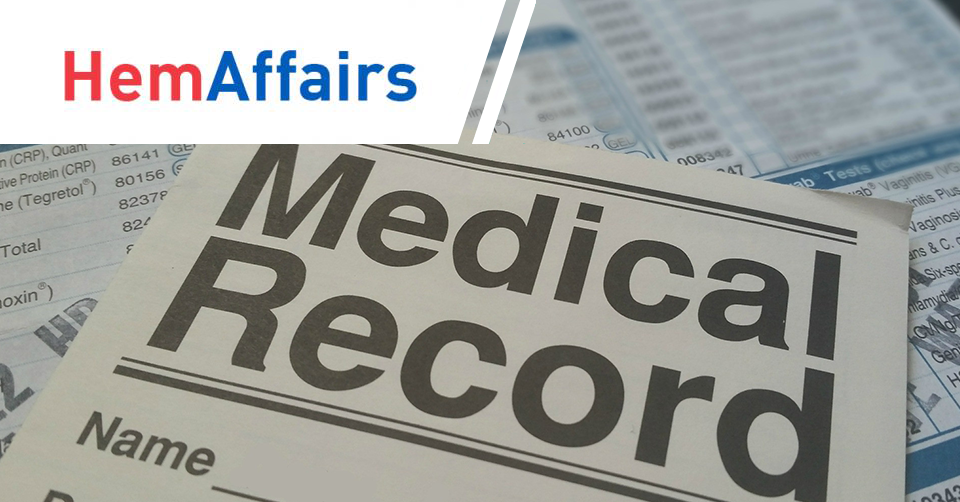New data exchange platform on rare diseases

The European Commission (EC) launched a new online knowledge-sharing platform – the European Platform on Rare Disease Registration (EU RD Platform) – on February 28, 2019. Its purpose is to make registries' data searchable at Union level and to standardize data collection and exchange.
Why the need for this platform?
At the moment data on rare diseases is scattered across Europe in more than 600 databases. Scientists struggle to combine this data since all registries use different reporting formats and standards. The EU RD Platform thus aims to overcome such inefficiency and supports better diagnosis and treatment for patients with rare diseases.
Future research projects on rare diseases will benefit from the new platform, since it will become easier to collect sufficient amounts of data to validate diagnoses on rare diseases and develop new treatments and orphan medicines. The tool thereby underpins the European Joint Programme on Rare Diseases, which seeks to establish a base for rapid translation of research results into clinical applications and uptake in healthcare.
According to Tibor Navracsics, Commissioner for Education, Culture, Youth and Sport the platform will significantly enhance the ability of doctors and researchers to have access to and compare available information on rare diseases. That will ultimately result in patients benefiting from improved diagnosis and treatment. The platform also has a data protection tool, which makes sure patient sensitive data cannot be traced back to the individual.
How do hematologists benefit?
Rare diseases are common in hematology. Leukemia alone occurs in more than 35 different types.[1] Thus, hematology, being a research-intensive discipline, benefits greatly from access to data of patients with rare (hematologic) diseases. The new EU RD platform underlines the importance of data distribution, allowing researchers across Europe to pool resources. The tool speeds up data collection and validation, contributing to research, treatment, orphan drugs development and the well-being of patients.
What else does the EU undertake to support research on rare diseases?
In Europe, about 30 million citizens are affected by more than 6,000 different rare diseases. And yet, too few treatments are developed and reach the EU market. Simply because the development of medicines is generally company driven and companies are less inclined to invest in R&D for relatively small target populations. To tackle that issue, the EC published a roadmap to evaluate the EU Regulation (EC) 141/2000 on Orphan Medicinal Products (OMP) in December 2017.
The evaluation report is expected for the summer 2019, before the new European Commission takes office in November. Depending on the outcome of the evaluation, the EC could consider revising the legislation at stake in order to further encourage and actively support R&D and orphan drugs development. This would support the work of hematologists and hospital laboratories in developing innovative treatments and personalized medicine, while stimulating cost reduction.
[1] “Rare and difficult to treat haematological diseases”, January 2015, The Lancet.



 Back
Back